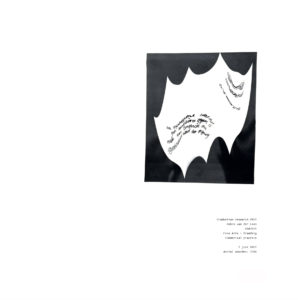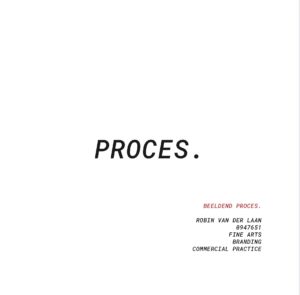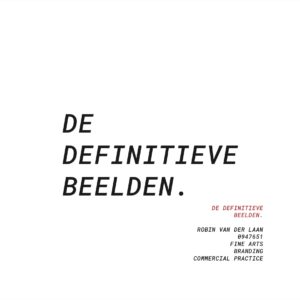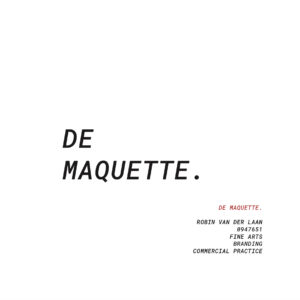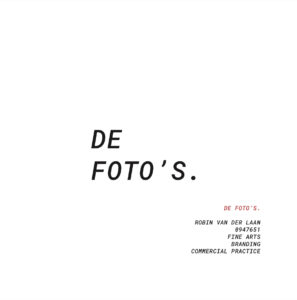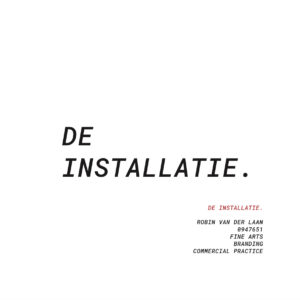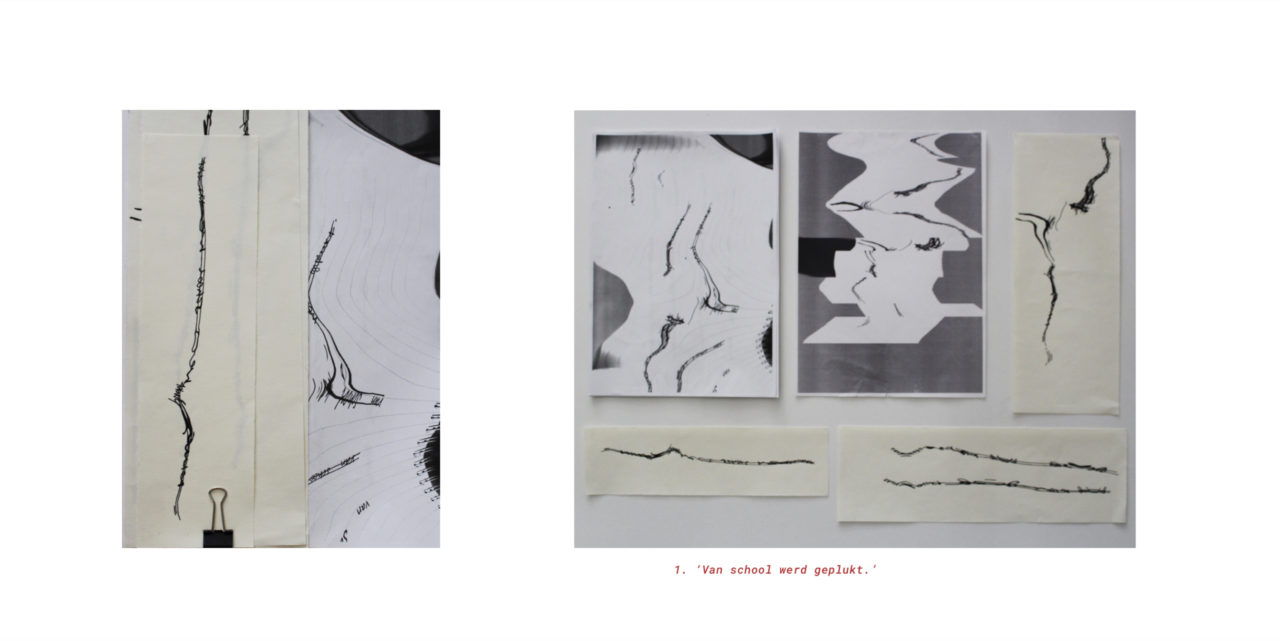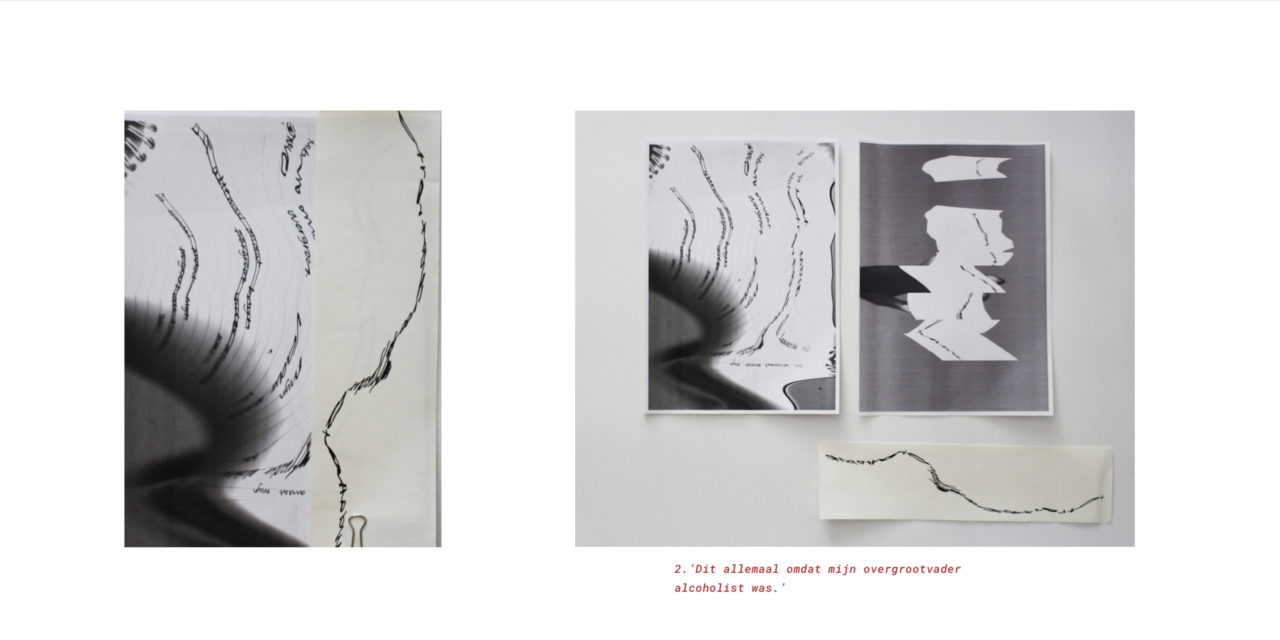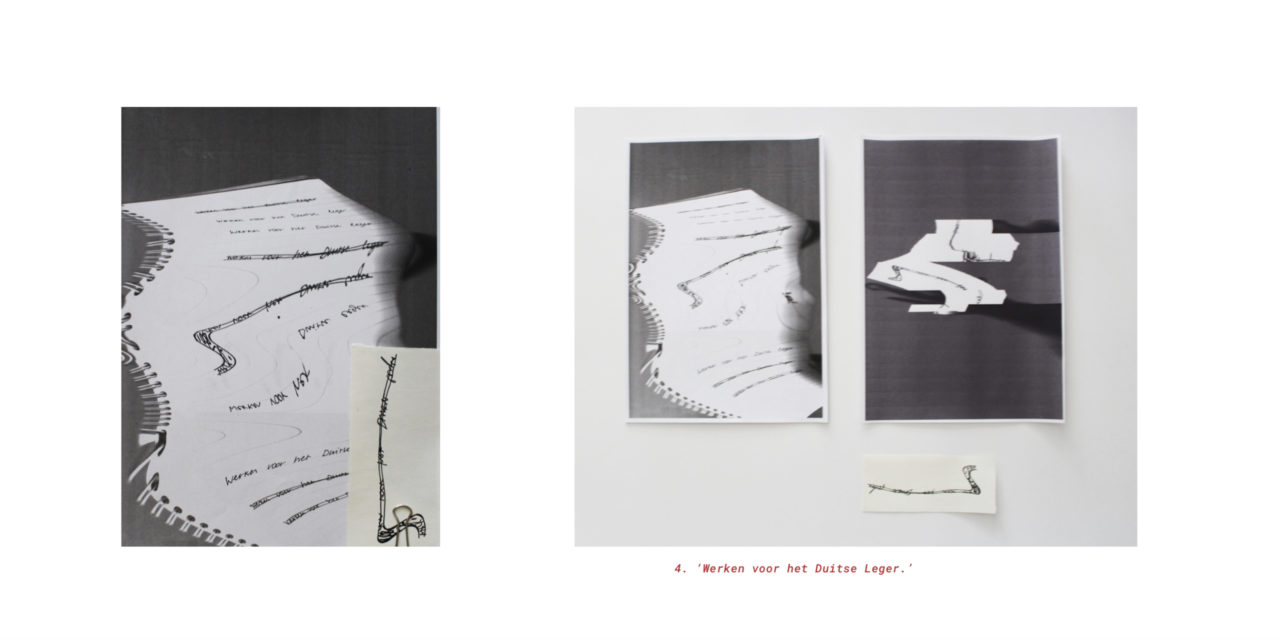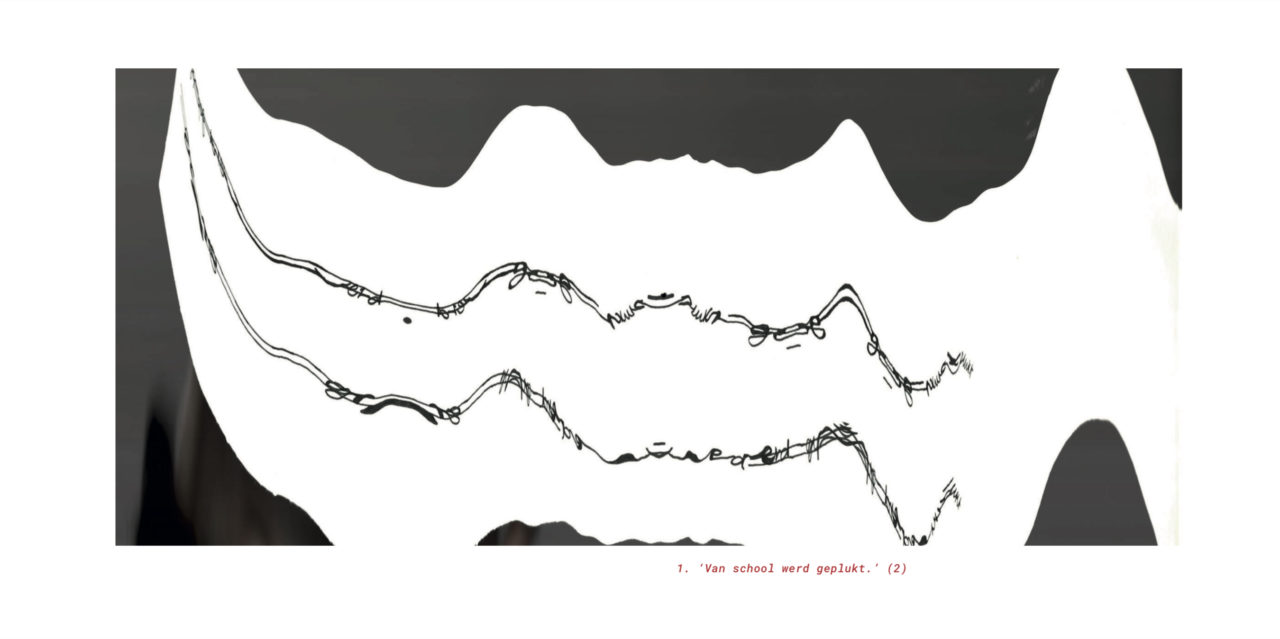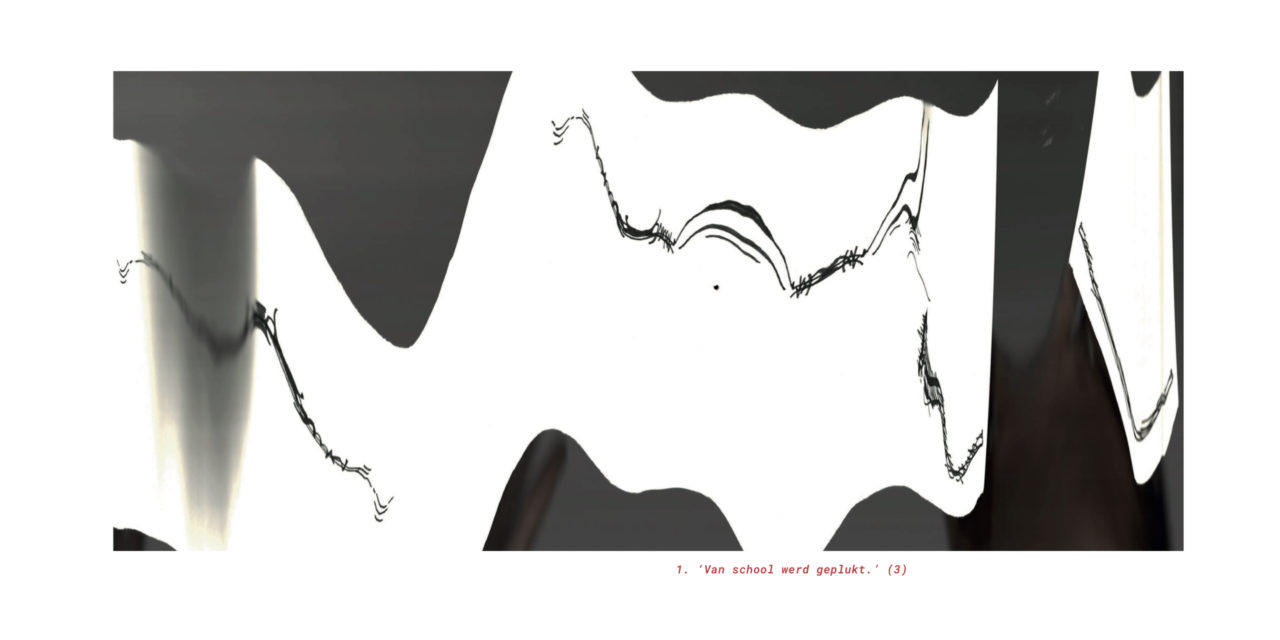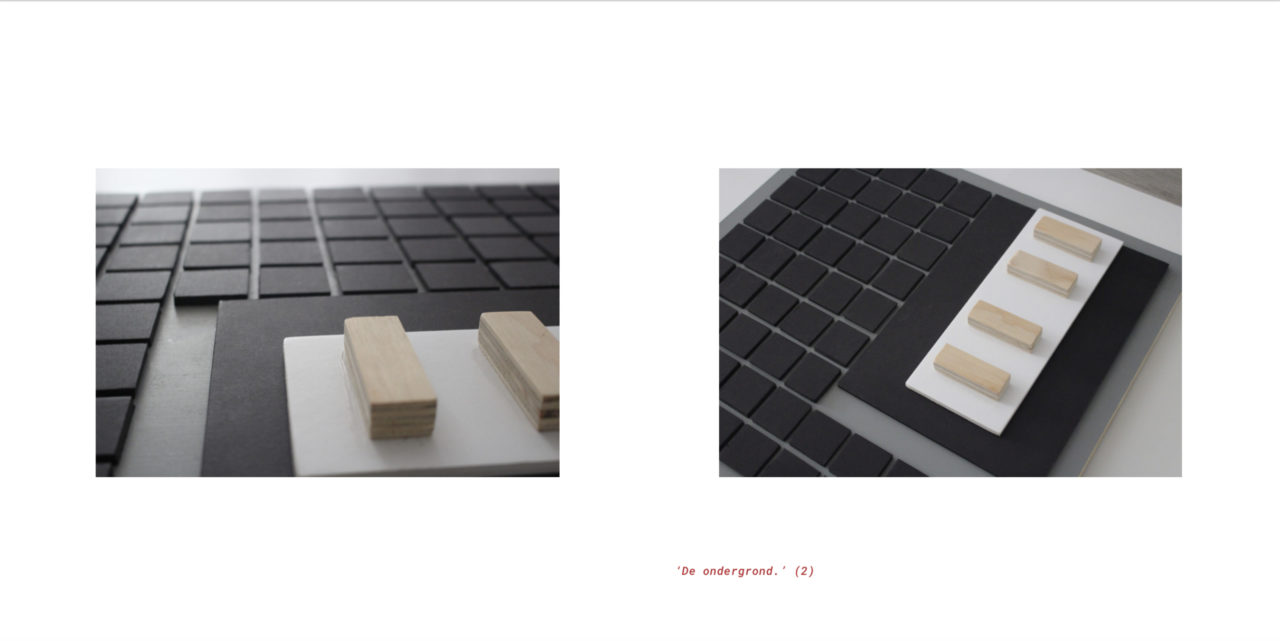Wie niet weg is wilt gehoord worden..
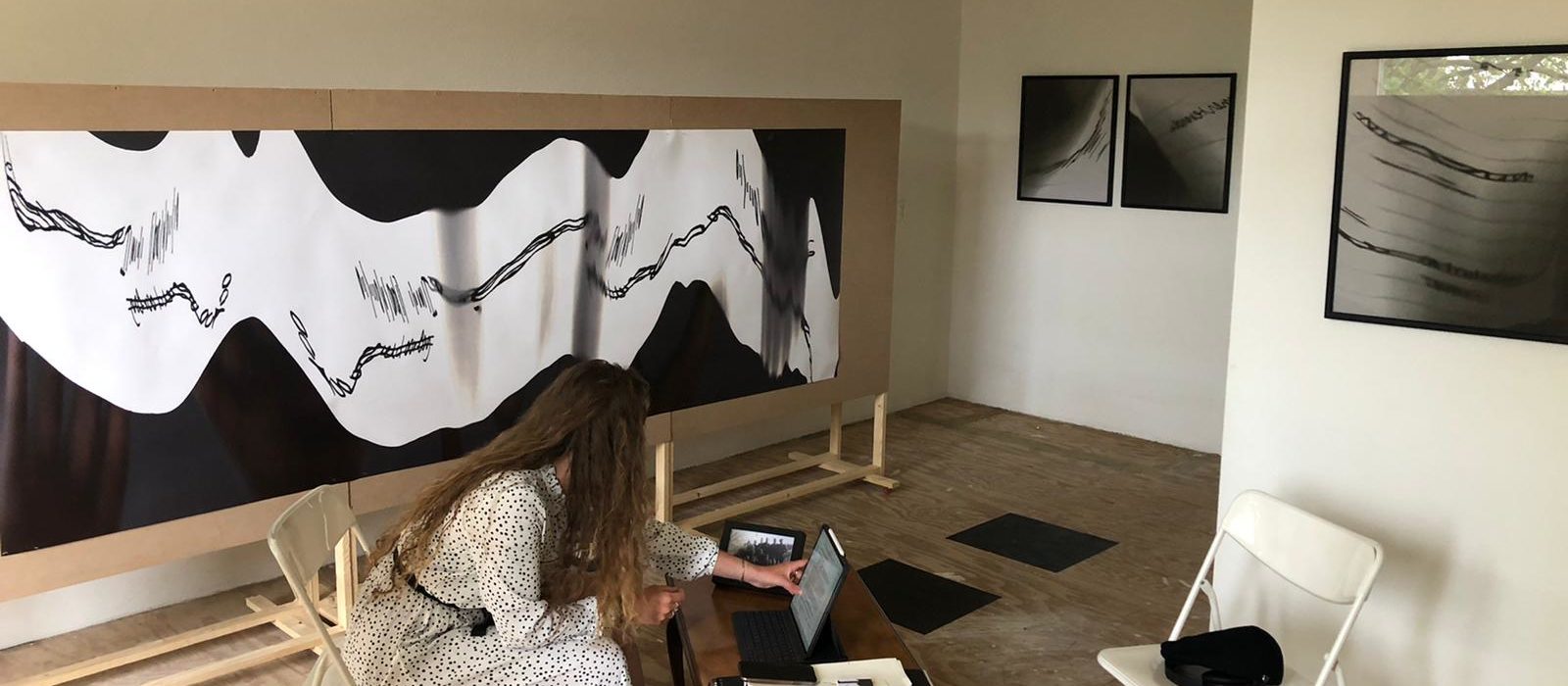
Who isn’t gone wants to be heard..
’Robin van der Laan’
“Wie niet weg is wilt gehoord worden.” is a project based on the brain disorder dementia.
Dementia is a growing disease, at some point we won’t be able to undermine it any longer. In the society we life, there is a lot of room for improvement in the way we look at people with, not only dementia but with brain disorders in general. This project is a first step, beginning from a personal experiences enlarged and formed to the social problem we facing.
“Onze psychologische identiteit geen aangeboren gegeven is, maar een constructie die opgebouwd word door omgeving”
Paul Verhaeghe, 2012

the story I tell is about my grandfather, how his identity is touched by things he’d overcome during the Second World War. How he answered his trauma’s and lived his life until he got diagnosed with dementia. How dementia changes his and our lives and how society is reacting on this. Dementia has a fixed route in entering the brain but the symptoms can differ extremely per person. This gives me the opportunity to be flexible. This is also shown in the process of the work
I started this process from my own assumption of how dementia would be visualised. Along the way I came in touch with a strong woman who is a person of experience.
Wendy Mitchell is a woman from Yorkshire who got diagnosed in 2014 with ‘Young onset Dementia’. From here she was my eyes and ears when it came to the visualisation of my concept.
Her telling her experience is the core of my concept she described this in ways of her having a hard time reading text, everything comes in slowmotion, words are looking stretched and long to read. She also tells me stories are not chronically in line anymore. This gives me a lot to play with, as shown in the following images. If you would like to know more about Wendy Mitchell, please click on this link!
https://whichmeamitoday.wordpress.com/
The concept of the work; by telling a personal story, portraying the experience of dementia in order to provide an insight into this disease.
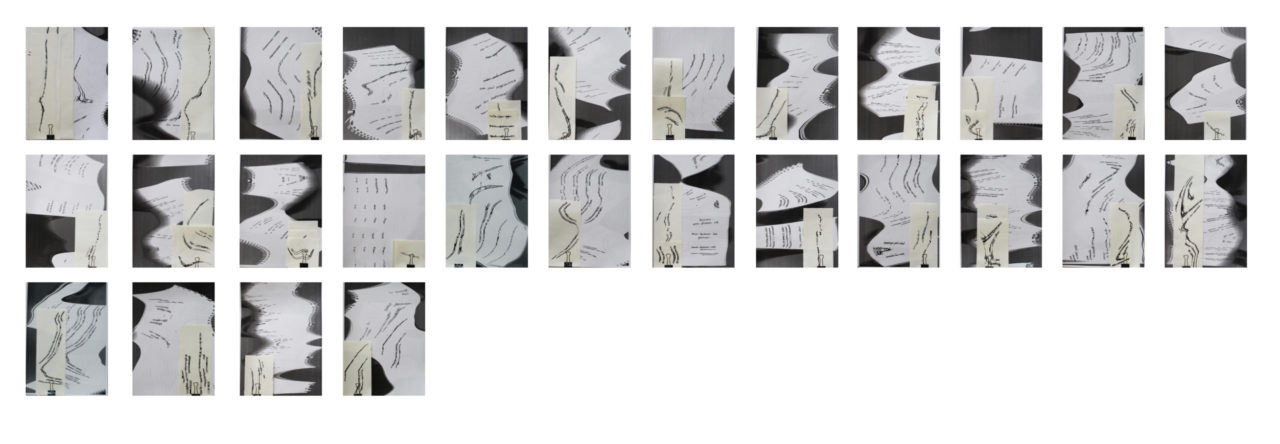
Pieces of the story, rewritten and remodelled to deform the shape of the text (To see all of the process, download the PDF ‘process’.)
Some of the final prints. (For more prints download the PDF ‘The final images.’)
The maquette is a way to test the flexibility. The underground invites me to put panels in to place without the use of glue. In this way i can continuously change the order or my surrounding. (Download the maquette PDF to see more of this proces.)
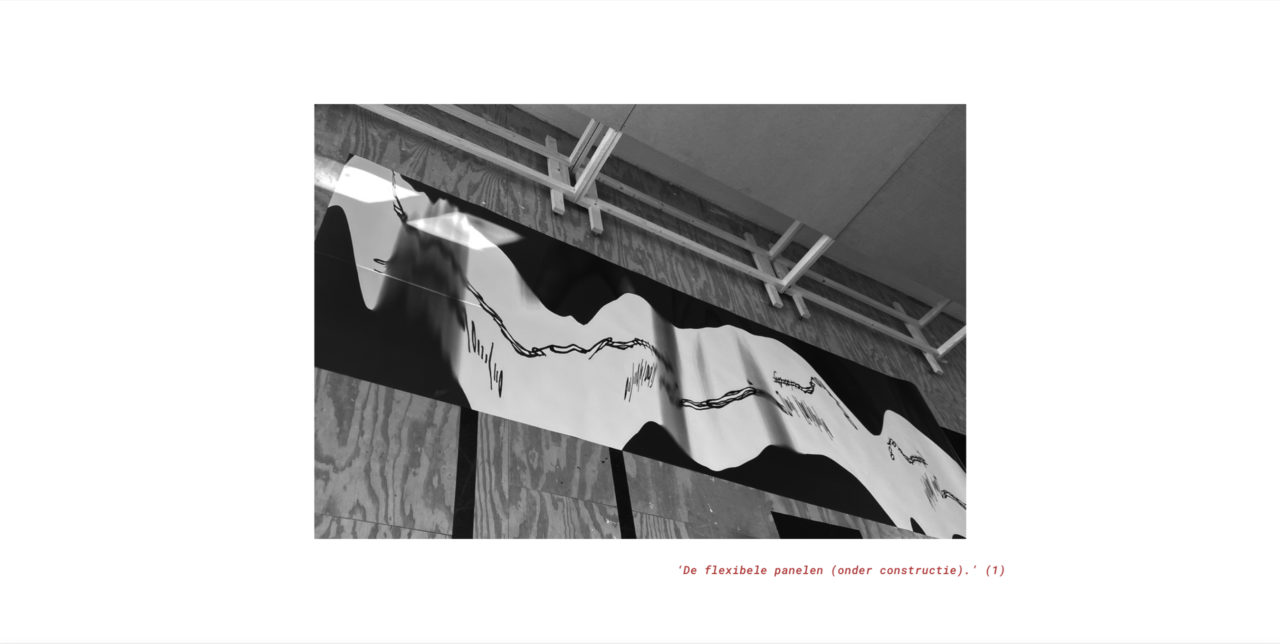
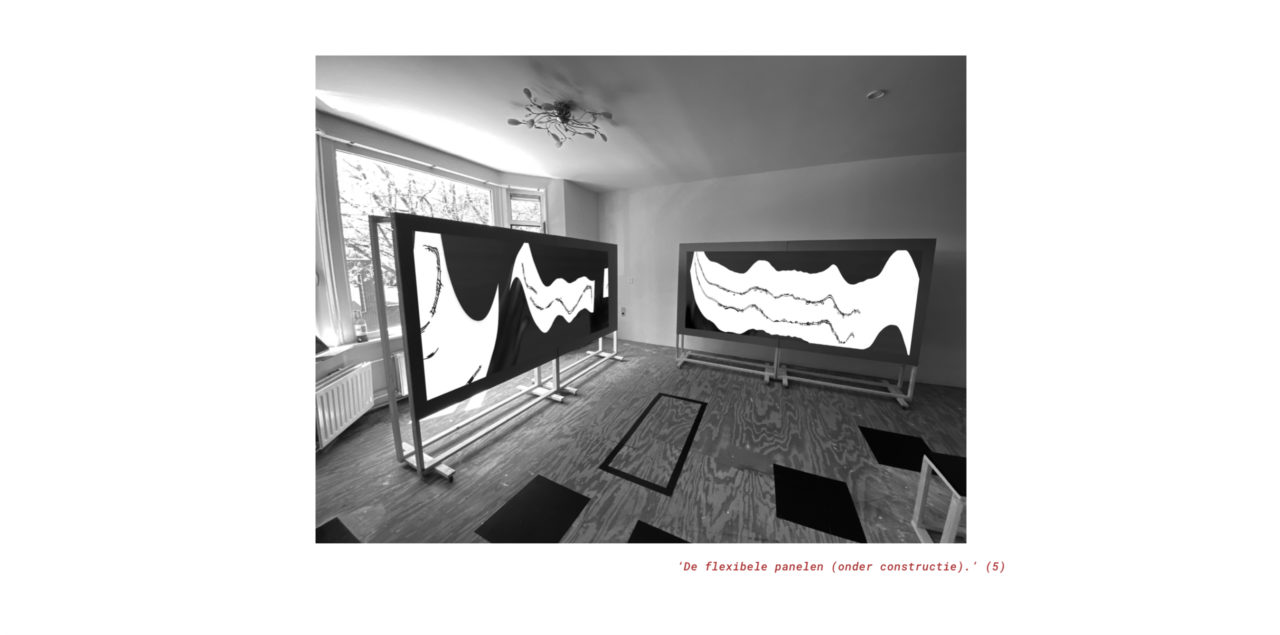
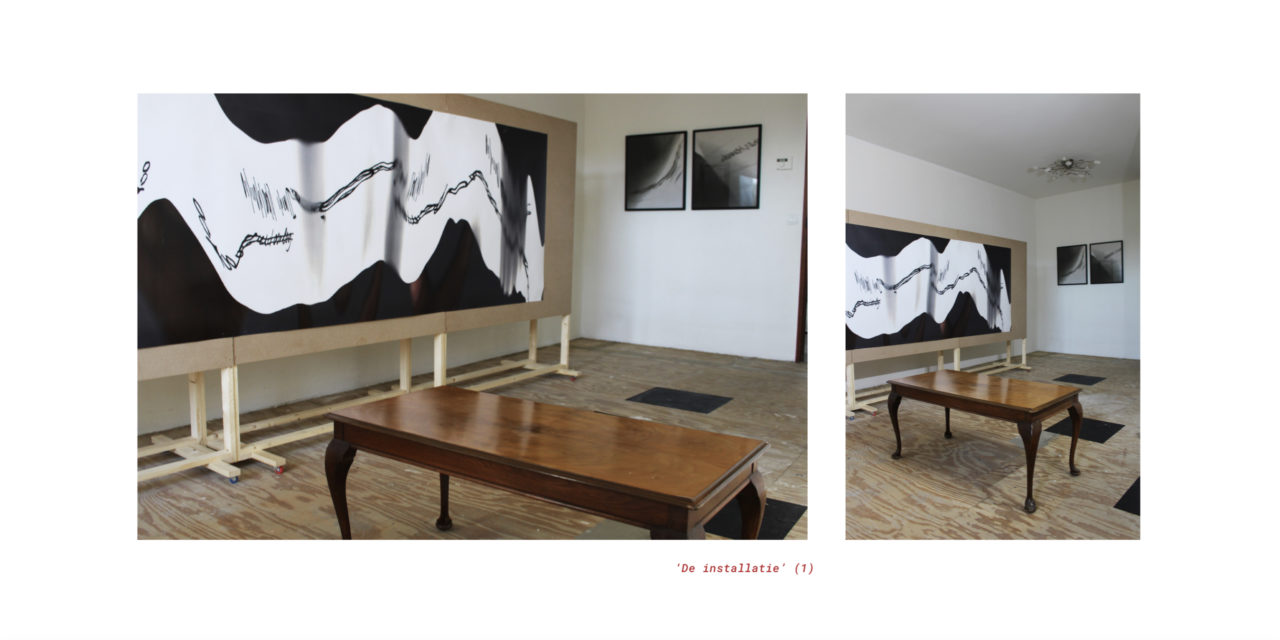
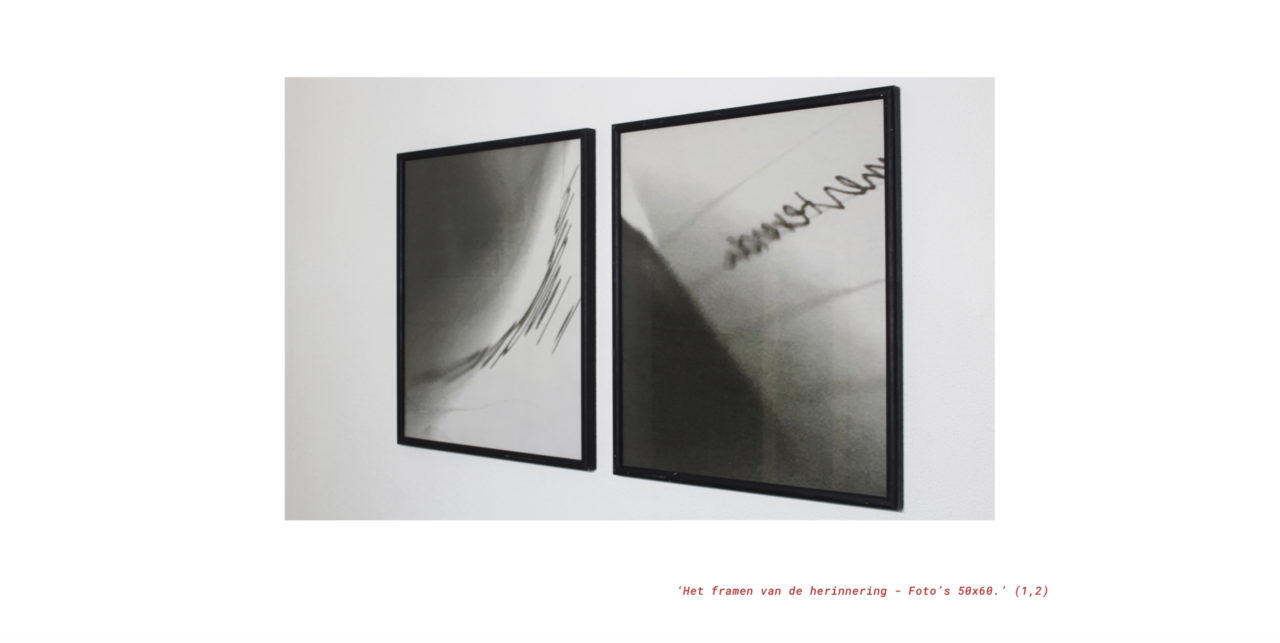
The ‘final’ installation, where I test the flexibility of the work on bigger scale. Because of the flexibility throughout the whole process the work allows to be adaptable to it surroundings.

The conversation piece. The way to interact with my audience. It’s hard to focus on one particular audience since we are facing a social problem. By changing the conversation piece it allows me to target a bigger audience. The goal with this element is to provoke conversations about chosen topics.
Curious for more of this process? Download the PDF’s!
